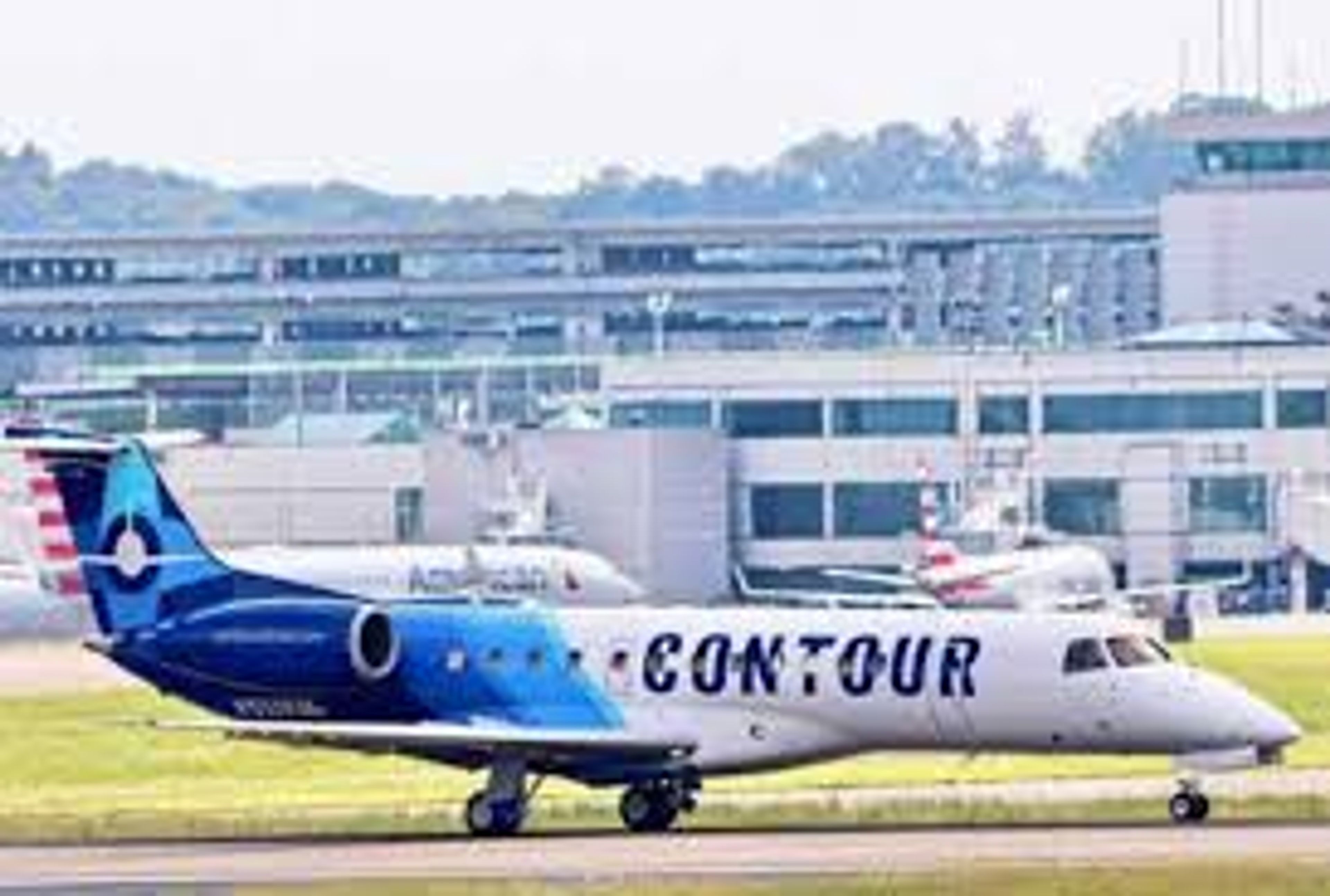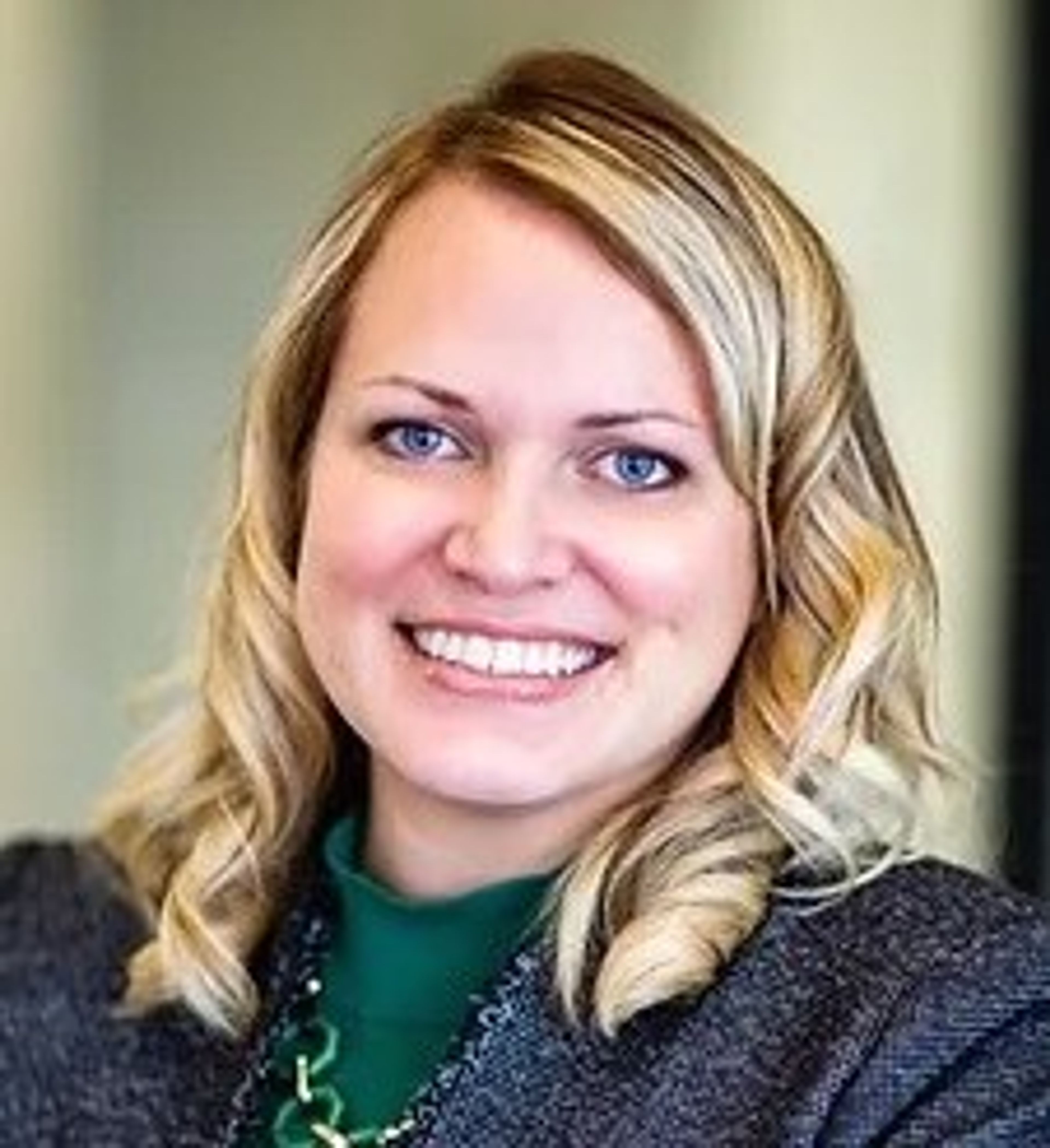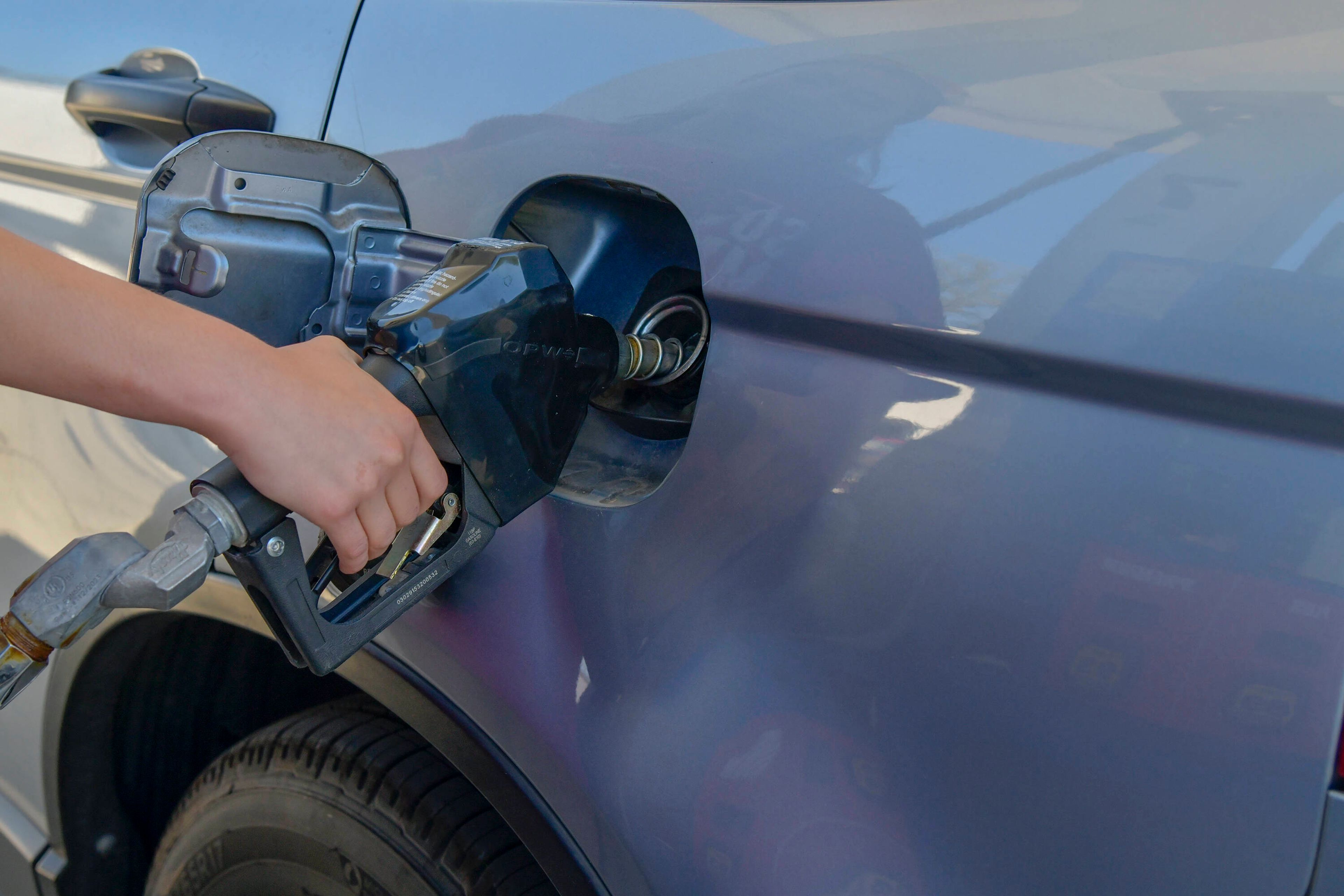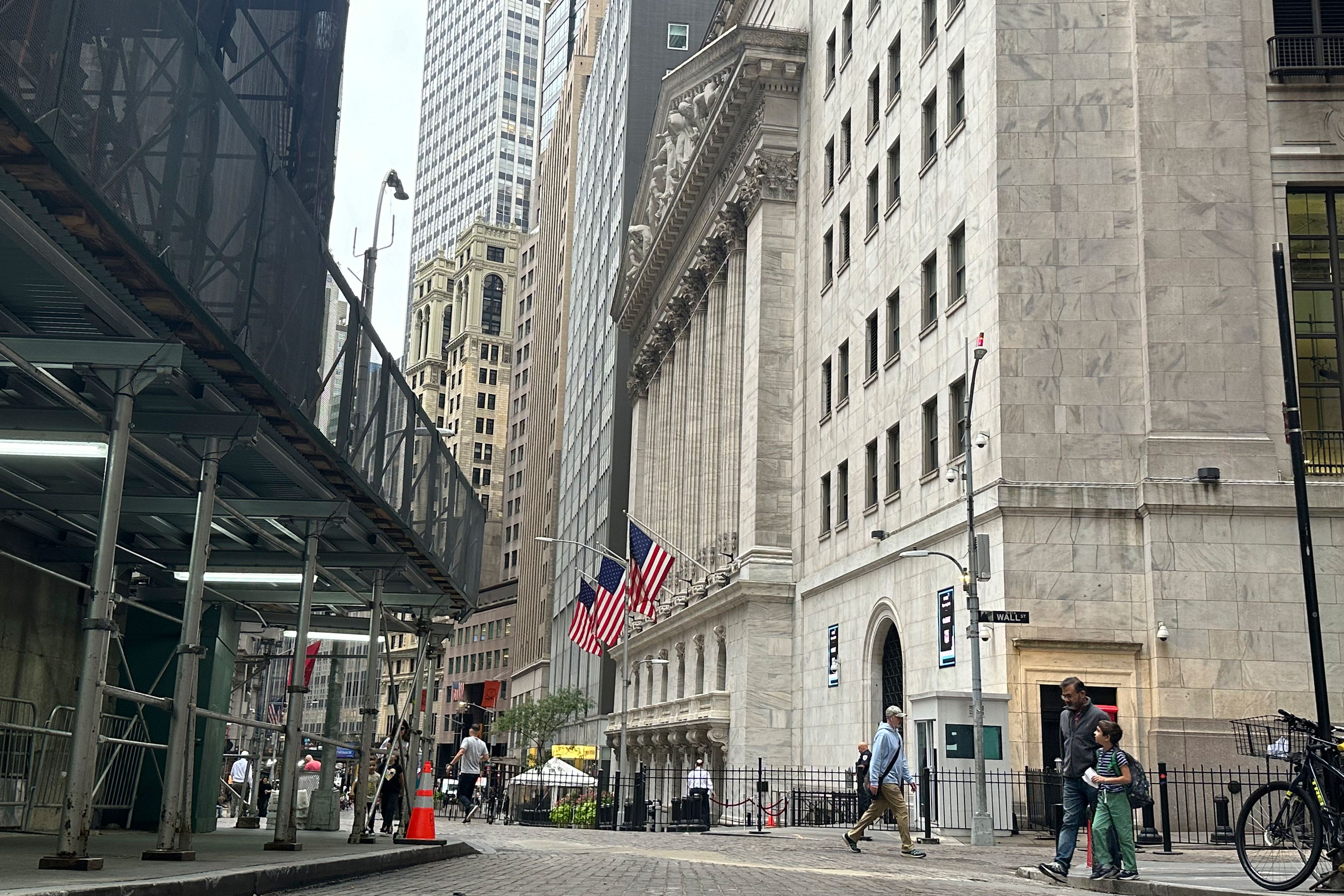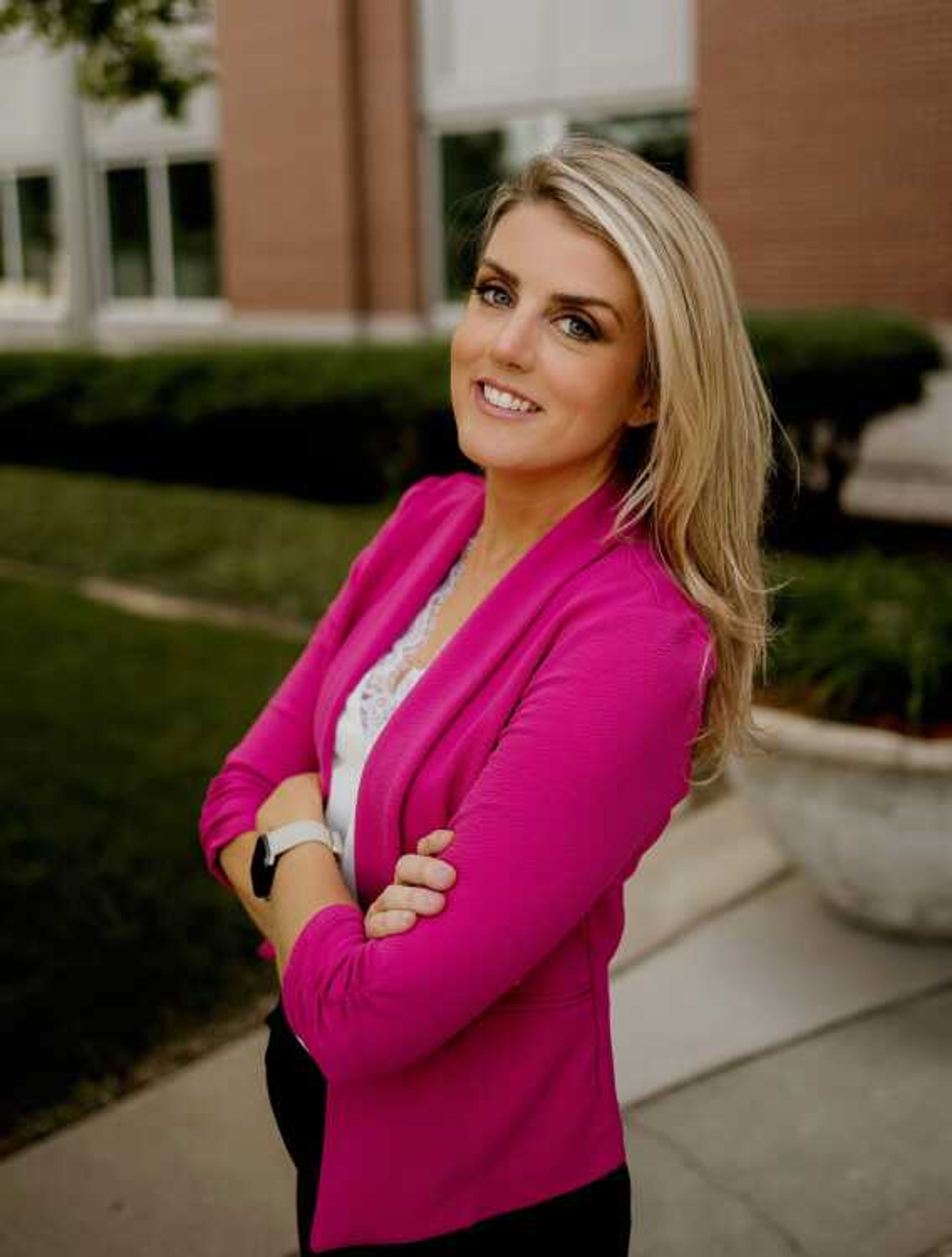Southeast Missouri State University boosts the regional economy with student expenditures of $51.2 million annually, and a total university impact of $125.6 million, according to two related studies recently completed by Southeast students and professors in the Donald L. Harrison College of Business.
Student expenditures in the Cape Girardeau area were calculated by students of Dr. Judy Wiles, Southeast professor of marketing, as part of a study during the spring 2003 semester.
Students in Wiles' Introduction to Business Research class administered a survey to 266 on- and off-campus students taking more than six credit hours during the spring 2003 semester.
Students participating in the survey were asked to provide weekly, monthly and nine-month academic year spending estimates in various categories such as food and beverage, travel, medical, rent, entertainment and personal appearance. Student expenditures were based on purchases made in Cape Girardeau, Jackson, Scott City and rural areas of Cape Girardeau County.
At the same time, a corollary study to determine the overall impact of students, employees and university spending on Cape Girardeau County was conducted by Dr. Bruce Domazlicky, Southeast professor of economics. Major findings of that study show total spending by university employees having a $35.6 million impact and total spending as an institution having a $17.9 million impact, along with student impact of $72.1 million, to make up the total of $125.6 million.
According to that study, students, during the nine-month 2002-2003 academic year, spent $5.3 million on dining out in restaurants, $5.5 million on groceries, $4.2 million on gasoline, $3 million on rent and $1.79 million on cell phone charges. The study also found that students spent $1 million on utilities, $1.1 million on toiletries, $4.1 million on car payments, $2.1 million on clothing, and $1.1 million on computers and software. The study also found that students' families spend an estimated $2.8 million when they visit the Cape Girardeau area.
"Clearly, student spending in the Cape Girardeau area makes a significant impact," Wiles said. "Southeast students reflect a viable target market for many businesses in the surrounding area."
Dr. Irene Ferguson, dean of students, said, "Students are much more informed and sophisticated consumers these days."
She said many students today have expenses more like those of people who have been out of school and working in the economy for a while, such as payments for cell phones, car insurance and palm pilots -- "the whole nine yards," she said. "They are managing multiple priorities much more early in life" than college students from previous generations.
Southeast currently serves about 9,500 students and provides full-time employment for 1,122 faculty and staff.
A second major finding of Domazlicky's study is the impact the university makes on the region in terms of the number of skilled graduates it produces who live in the area and earn an income as a result of their training from Southeast.
Recent studies indicate that, on the average, a college graduate earns about $22,500 more per year than someone with only a high school diploma. The study determined the value of human capital by multiplying $22,500 times the number of alumni in the university's 24-county service area.
Based on that estimate, the study pegs the difference in increased earning power of more than 21,000 Southeast graduates now working in the region at $475.4 million because of their greater knowledge base and enhanced employability in jobs with good salaries.
"This is easily the largest economic impact of the university on the region," Domazlicky said.
Domazlicky conducts his study periodically to determine the impact of the university on the Cape Girardeau region. The study surveys the combined value of direct and indirect expenditures and contributions made to the monetary base by the university and its employees and students, as well as the "human capital" created by the institution.
University employees also have an enormous effect on the labor market, earning more than $45 million annually in personal income. That, along with a $19.6 million indirect effect on personal income, amounts to a $64.7 million impact on personal income in Cape Girardeau County.
The $75.9 million direct impact reported in this year's study compares with $69.3 million reported in 1998, $53.8 million reported in 1995 and $48.9 million reported in 1991. University-related dollars enter regional economic channels, resulting in increased income, profits, employment, tax revenues and other factors for various sectors of the local and regional economy.
Connect with the Southeast Missourian Newsroom:
For corrections to this story or other insights for the editor, click here. To submit a letter to the editor, click here. To learn about the Southeast Missourian’s AI Policy, click here.
